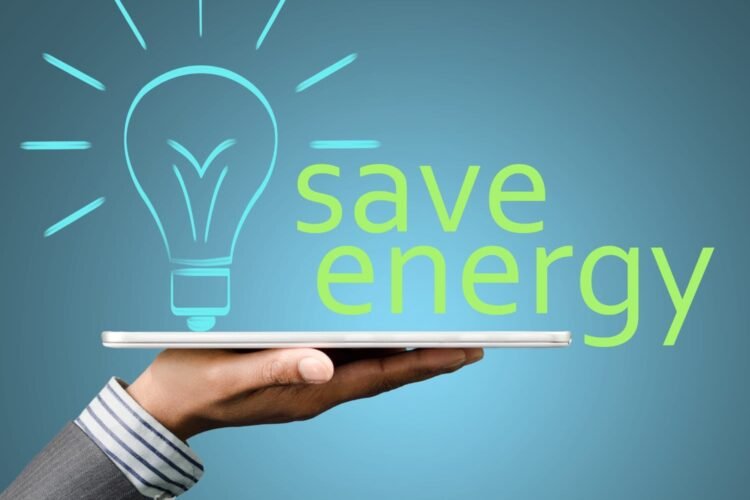
Energy Saving Tips: Cut Costs and Conserve Energy at Home
In an era of rising energy costs and growing environmental concerns, finding ways to save energy and reduce household expenses has become more important than ever. By adopting energy-saving practices, you can not only shrink your carbon footprint but also enjoy significant savings on your monthly utility bills. From simple adjustments in daily habits to upgrading to more energy-efficient appliances, there are numerous strategies you can implement to conserve energy and cut costs without compromising comfort or convenience.
Discover how unplugging unused appliances, adjusting temperature settings, optimizing lighting usage, and choosing energy-efficient devices can make a significant difference in your energy consumption. Explore the benefits of programmable thermostats, motion sensors, and power-saving features for electronics. Learn how to effectively manage your laundry, embrace outdoor drying options, and maximize the efficiency of your heating and cooling systems.
Whether you are a homeowner, renter, or simply someone interested in making a positive impact on the environment, this article is designed to provide you with actionable insights and practical advice to reduce energy waste and save money. By incorporating these energy-saving tips into your daily routine, you can contribute to a sustainable future while enjoying the financial benefits of lower energy bills.
So, let’s dive in and discover a range of effective strategies that will help you transform your home into an energy-efficient haven.
- Unplug your second fridge and save over $100 a year. Second fridges are often energy guzzlers, consuming a significant amount of electricity even when not in use. By unplugging your second fridge, you can eliminate this unnecessary energy drain and reduce your annual electricity costs by over $100. Instead, consider using your primary fridge more efficiently and make use of proper temperature settings to keep your food fresh.
- Dry a full load of laundry to save $44 a year. When running your dryer, it is more energy-efficient to dry a full load of laundry instead of half loads. By optimizing your laundry loads, you can reduce the number of drying cycles and save approximately $44 per year in energy costs. Additionally, if weather and local regulations allow, consider air-drying your clothes outside to further reduce energy consumption.
- Use a programmable thermostat to automatically adjust the temperature when you’re not at home and when you go to sleep. Programmable thermostats offer a convenient way to optimize energy usage in your home. By setting lower temperatures when you’re away or asleep, you can reduce heating and cooling demands, resulting in energy savings and lower utility bills. Take advantage of the scheduling features of programmable thermostats to ensure comfort when you need it most.
- Turn off lights when you leave a room. Lighting accounts for a significant portion of a household’s energy consumption. By simply turning off lights when leaving a room, you can conserve electricity and save money on your energy bills. Consider using energy-efficient LED bulbs that consume less power and have longer lifespans, further maximizing your energy savings.
- Install motion sensors or photocells on your outdoor lights to save over $50 a year. Outdoor lights, such as those illuminating driveways or gardens, often operate for extended periods, leading to unnecessary energy usage. By installing motion sensors or photocells, these lights will only activate when needed, reducing energy waste and lowering your electricity costs by over $50 annually.
- Shut down your desktop computer and monitor when you’re not using them. Computers and monitors left running when not in use consume unnecessary energy. By turning them off completely, especially overnight, you can save over $50 per year on your energy bills. Consider enabling power-saving features or utilizing sleep mode to further reduce energy consumption during shorter periods of inactivity.
- Reduce standby power by unplugging chargers when not in use and using power strips for electronics. Many electronic devices continue to draw power even when they are turned off, contributing to standby power consumption. Unplug chargers from outlets when not actively charging devices and use power strips as a convenient way to completely power down multiple electronics at once. These measures can help eliminate standby power and save on your electricity costs.
- Look for appliances with the ENERGY STAR® symbol when buying new ones to reduce your annual energy costs by up to 30%. ENERGY STAR® qualified appliances are designed to meet stringent energy efficiency standards set by regulatory agencies. By choosing appliances with this symbol, you can enjoy significant energy savings, lower utility bills, and contribute to a more sustainable environment.
- Schedule annual heating and cooling system maintenance. Regular maintenance of your heating and cooling systems ensures they operate at peak efficiency, reducing energy waste and prolonging their lifespan. Hire a professional to inspect and service your HVAC systems, including cleaning or replacing filters, lubricating components, and checking for any issues




